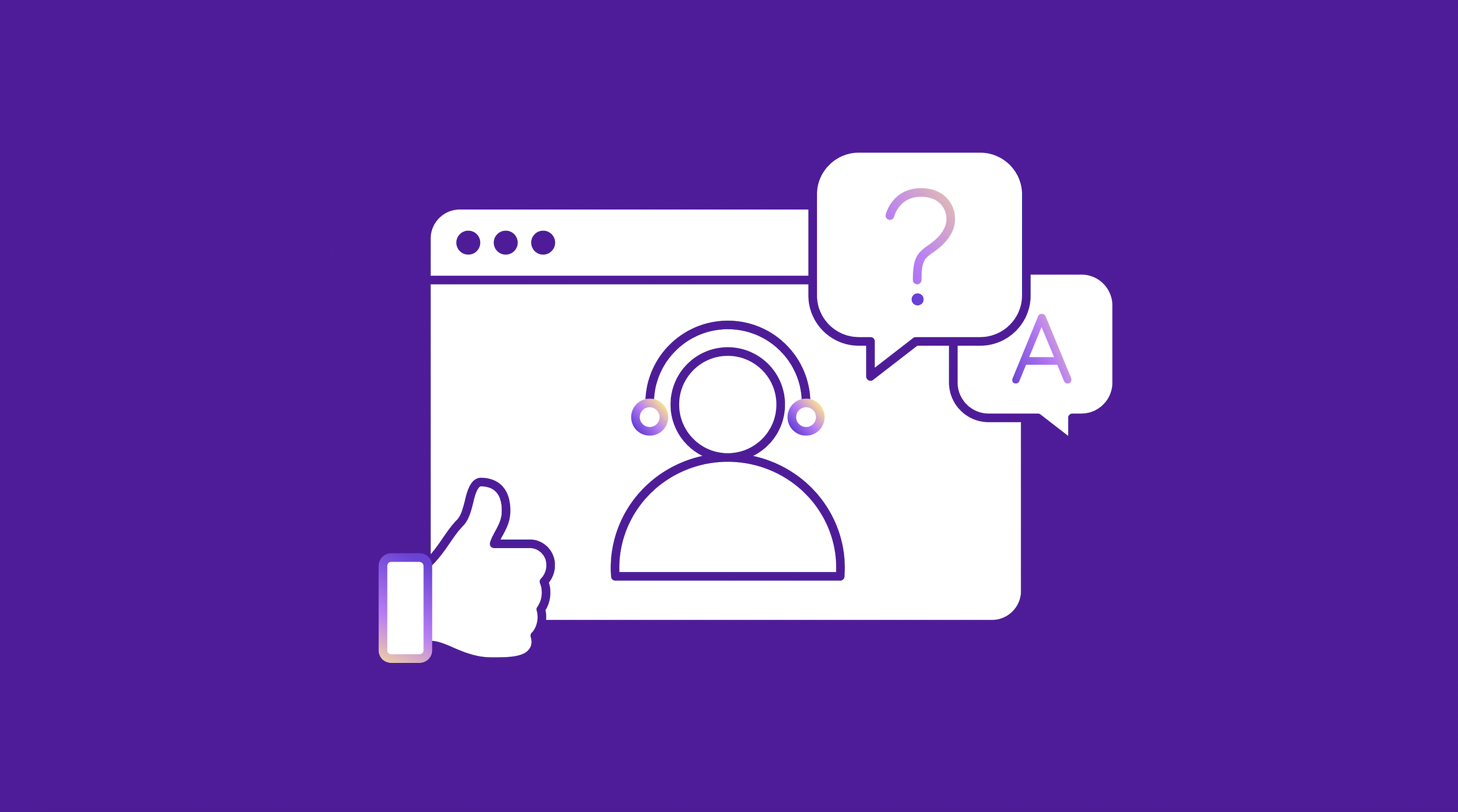Real-time translation has come a long way since the early machine translation efforts of the mid-1900s, which offered only basic text translations.
Fast-forward to now, and artificial intelligence helps us instantly translate text and speech in real time. Tools like Google Translate, Microsoft Translator, and Smartling Translate are integrated into our smartphones and capable of translating communication across hundreds of different languages. These real-time translation apps enable businesses, travelers, and even casual users to overcome language barriers.
Whether translating live meetings, social media content, virtual conferences, or customer service interactions, real-time translation makes global communication accessible to anyone. All you need is a smartphone or computer. Continuing developments in AI ensure these tools will become even faster and more powerful, paving the way for a future where multilingual conversations are as easy as speaking your first language.
In this guide, we’ll explore how real-time translation software works, the technology driving it, and the practical ways it’s transforming communication across different languages.
What is real-time translation?
Real-time translation is a technology that allows instant translation and communication between different languages.
Modern solutions often employ neural machine translation (NMT) to quickly and accurately translate text or speech. Unlike older translation systems that translate content word by word without understanding the meaning, NMT learns patterns in language and context. This capability makes translations faster, more natural, and closer to how people actually talk and type.
With that being said, today’s translation technology is advancing past NMT, moving towards new technologies like Small Language Models (SMLs) or Large Language Models (LLMs) fine-tuned specifically for translation tasks. For example, Google now recommends using its new Gemini-based Translation LLM for a wide range of translation use cases over its commonly-used NMT model, Google Translate.
Advancements in portable devices and artificial intelligence have made real-time translation incredibly accessible. Ever-expanding computing power allows computers and smartphones to integrate AI-powered translation programs, such as Smartling’s instant AI translation tool, Smartling Translate.
Smartling Translate provides translations in seconds. Users simply copy and paste text or drag and drop files. No configuration or user training is needed, making it ideal for quickly translating documents and text.
How does real-time translation software work?
Real-time translation software has come a long way since its humble beginnings. Despite the complex technology, the mechanism follows a relatively simple process.
If the conversation is spoken, this procedure starts with voice recognition. Speech-to-text captures the conversation, transcribing the audio input into text. This step is skipped if the source content is already in text format.
Then, the system applies natural language processing (NLP) to analyze the text’s structure, grammar, and meaning. NLP algorithms are designed to understand the context behind words, ensuring the translation captures the nuances of the original language. This function is vital for interpreting idioms and other phrases that vary in meaning across languages.
Next, the transcribed and analyzed text goes through NMT, which generates the translated output. Unlike earlier methods that relied on word-by-word translation, NMT uses machine learning to evaluate entire strings. The system identifies the correct patterns and context by referencing a vast database of linguistic information, ensuring the translated text closely resembles how humans speak or write.
If a user requests translated audio, there is an additional step: text-to-speech synthesis. Text-to-speech synthesis delivers the translation audibly with a computerized voice, completing the loop for real-time speech translation.
AI and cloud computing advancements have significantly reduced the time required to translate text, making live translations almost instantaneous. For text-based translations, Smartling’s LLM-enabled translation portal takes this process a step further. By combining NMT with proprietary LanguageAI™ technology, Smartling Translate allows your business to produce instant translations that are up to 350% higher in quality compared to standard machine translation tools.
You can customize your machine translation engine by combining existing assets, such as glossaries and translation memory, with LLM-enabled enhancements like pre- and post-editing. This allows you to automatically apply your brand’s terminology, style, and preferences for consistently accurate and on-brand translations. Smartling Translate supports translation into over 150 languages, facilitating expansion into numerous global markets with one powerful tool.
Which companies offer real-time translation software?
Tech giants like Google and Microsoft are most well-known in the real-time translation space, but a budding market of niche software platforms is emerging to solve global branding and communication challenges. If you’re seeking real-time translation tools, here are some of the top companies to consider:
Google is a pioneer in the translation space. With constant updates, Google Translate supports nearly 249 languages via its website and mobile apps for Android and iOS, plus an API for developers who need translation within their platforms.
Interpreter mode and text conversion features let users have real-time conversations in different languages, making it useful for international communication. Another standout feature is their image-based translation tool, which uses optical character recognition (OCR) to translate text in a photo—perfect for translating foreign documents and signs during travel.
Microsoft
Microsoft Translator is another well-known tool in the translation space. It’s integrated with the Microsoft suite of tools, including Skype, Teams, and PowerPoint, making it convenient for corporations and businesses that conduct international meetings via the Microsoft suite.
However, despite supporting 134 languages with handy features like live captioning and text translation, its translations aren’t as accurate to the natural tone of many languages. If you’re translating official documents, you’re better off choosing other software tools like Google Translate, DeepL, or Smartling.
DeepL
European travelers should heavily consider DeepL. This tool has earned a reputation for delivering remarkably accurate and natural-sounding translations of numerous European languages, reportedly capturing context and nuances better than other translation tools.
The downside? It currently supports fewer languages than Microsoft Translator and Google Translate.
Smartling
Smartling takes real-time translation to the next level with its LLM-powered tool, Smartling Translate. It’s built for businesses that want fast text-based translations that also match their brand’s voice and style. It’s a smart choice for companies that need reliable, high-quality translations without the hassle of complicated setups. However, Smartling Translate doesn’t support speech-to-text, meaning it’s best suited for written communication.
In addition to Smartling Translate, Smartling’s Translation Management System (TMS) streamlines translation by eliminating repetitive manual tasks and offers other solutions, like AI Translation, that can provide cost-effective, near-instant translation for projects at any scale.
Smartling can help you translate in real time
Globalizing your business can be challenging, but translation doesn’t have to be. With the right tools, businesses can break down language barriers and communicate fluently with audiences worldwide.
Smartling’s AI-powered Smartling Translate quickly produces high-quality translations that align with your brand’s style and tone. In addition, Smartling’s broader translation platform is fast and cost-effective, so businesses can manage translation projects without compromising accuracy. Whether you’re juggling tight deadlines or expanding into new markets, Smartling helps you deliver content on time at a fraction of the usual cost.
Want to streamline your localization process? Download our free eBook, “AI-Powered Localization: Achieving Quality, Cost, and Speed Objectives,” to learn how automation can enhance your workflow, improve delivery times, and keep you ahead of the competition.






